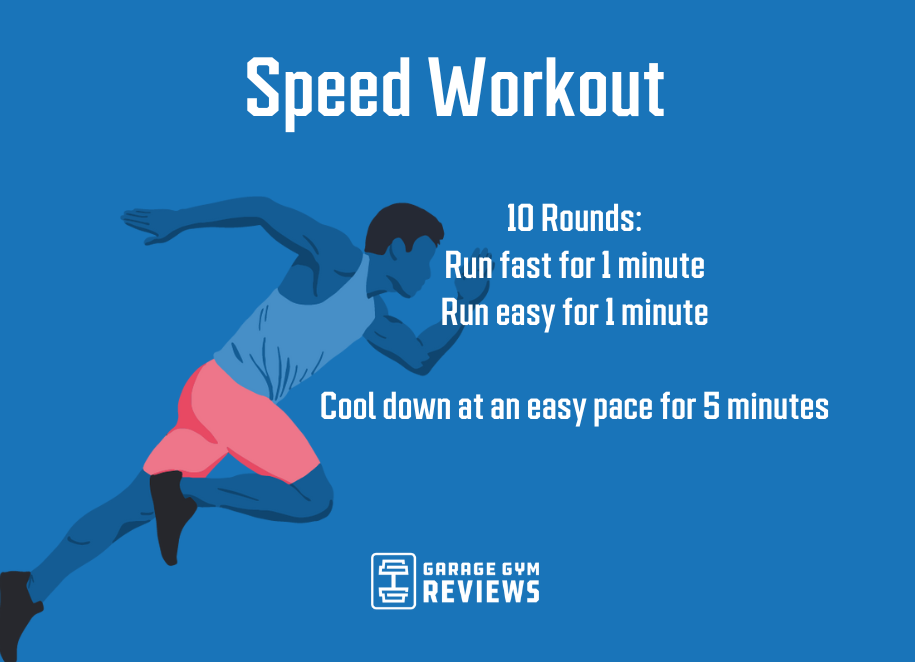Boost Your Running Strategy with Proven Techniques
Boost Your Running Strategy with Proven Techniques
Blog Article
Handling Typical Running Discomforts: Reasons, Solutions, and Prevention
As runners, we usually come across various discomforts that can hinder our efficiency and pleasure of this physical task. By discovering the origin factors for these operating pains, we can reveal targeted services and precautionary procedures to ensure a smoother and extra satisfying running experience.
Typical Running Discomfort: Shin Splints
Shin splints, an usual running pain, frequently result from overuse or incorrect shoes throughout exercise. This condition, medically known as median tibial tension disorder, manifests as pain along the internal side of the shinbone (tibia) and is common amongst athletes and runners. The recurring stress on the shinbone and the tissues connecting the muscular tissues to the bone results in inflammation and discomfort. Joggers that rapidly boost the strength or period of their exercises, or those who have flat feet or incorrect running methods, are specifically susceptible to shin splints.
To prevent shin splints, people should slowly enhance the strength of their exercises, wear appropriate shoes with proper arch assistance, and preserve flexibility and toughness in the muscle mass surrounding the shin. If shin splints do take place, preliminary therapy includes rest, ice, compression, and altitude (RICE) Additionally, including low-impact activities like swimming or biking can help keep cardiovascular fitness while enabling the shins to recover. Consistent or severe situations may need clinical examination and physical treatment for efficient monitoring.
Typical Running Pain: IT Band Disorder
Along with shin splints, one more common running pain that professional athletes usually encounter is IT Band Syndrome, a condition brought on by swelling of the iliotibial band that runs along the outer thigh and knee. IT Band Syndrome typically materializes as discomfort outside of the knee, especially during activities like running or cycling. The iliotibial band is a thick band of fascia that connects the hip to the shin, and when it becomes irritated or tight, it can scrub versus the thigh bone, causing pain and discomfort.
Joggers experiencing IT Band Syndrome may discover a stinging or aching sensation on the outer knee, which can intensify with continued activity. Aspects such as overuse, muscular tissue inequalities, incorrect running type, or insufficient warm-up can contribute to the development of this condition. To stop and relieve IT Band Disorder, joggers must focus on stretching and strengthening workouts for the hips and upper legs, proper shoes, steady training development, and attending to any type of biomechanical issues that may be aggravating the trouble. Overlooking the signs and symptoms of IT Band Syndrome can cause chronic issues and long term healing times, emphasizing the significance of very early treatment and proper monitoring methods.
Typical Running Pain: Plantar Fasciitis

Plantar Fasciitis can be credited to various elements such as overtraining, inappropriate footwear, running on hard surfaces, or having high arches or flat feet. To stop and ease Plantar Fasciitis, joggers can incorporate stretching exercises for the calves and plantar fascia, wear supportive footwear, maintain a healthy weight to reduce strain on the feet, and slowly enhance running intensity to prevent sudden tension on the plantar fascia. If symptoms persist, it is recommended to consult a medical care professional for proper diagnosis and therapy alternatives to attend to the condition efficiently.
Common Running Discomfort: Jogger's Knee
After resolving the challenges of Plantar Fasciitis, another common concern that joggers often deal with is Runner's Knee, an usual running discomfort that can prevent sports performance and cause discomfort during physical activity. Runner's Knee, likewise understood as patellofemoral discomfort disorder, shows up as discomfort around or behind the kneecap. Joggers experiencing this discomfort might really feel a plain, hurting discomfort while running, going up or down staircases, or after long term durations of resting.
Usual Running Discomfort: Achilles Tendonitis
Generally affecting joggers, Achilles Tendonitis is an uncomfortable condition that impacts the Achilles tendon, causing discomfort and potential limitations in exercise. The Achilles ligament is a thick band of cells that links the calf muscle mass to the heel bone, important for activities like running, jumping, and strolling - my company. Achilles Tendonitis usually creates as a result of overuse, inappropriate shoes, insufficient stretching, or sudden rises in physical task
Signs of Achilles Tendonitis consist of pain and rigidity along the tendon, particularly in the morning or after durations of inactivity, swelling that gets worse with activity, and perhaps bone spurs in chronic instances. To prevent Achilles Tendonitis, it is crucial to stretch appropriately in the past and after running, wear proper shoes with proper support, progressively increase the intensity of exercise, and cross-train to lower repetitive tension on the ligament.
Verdict

Report this page